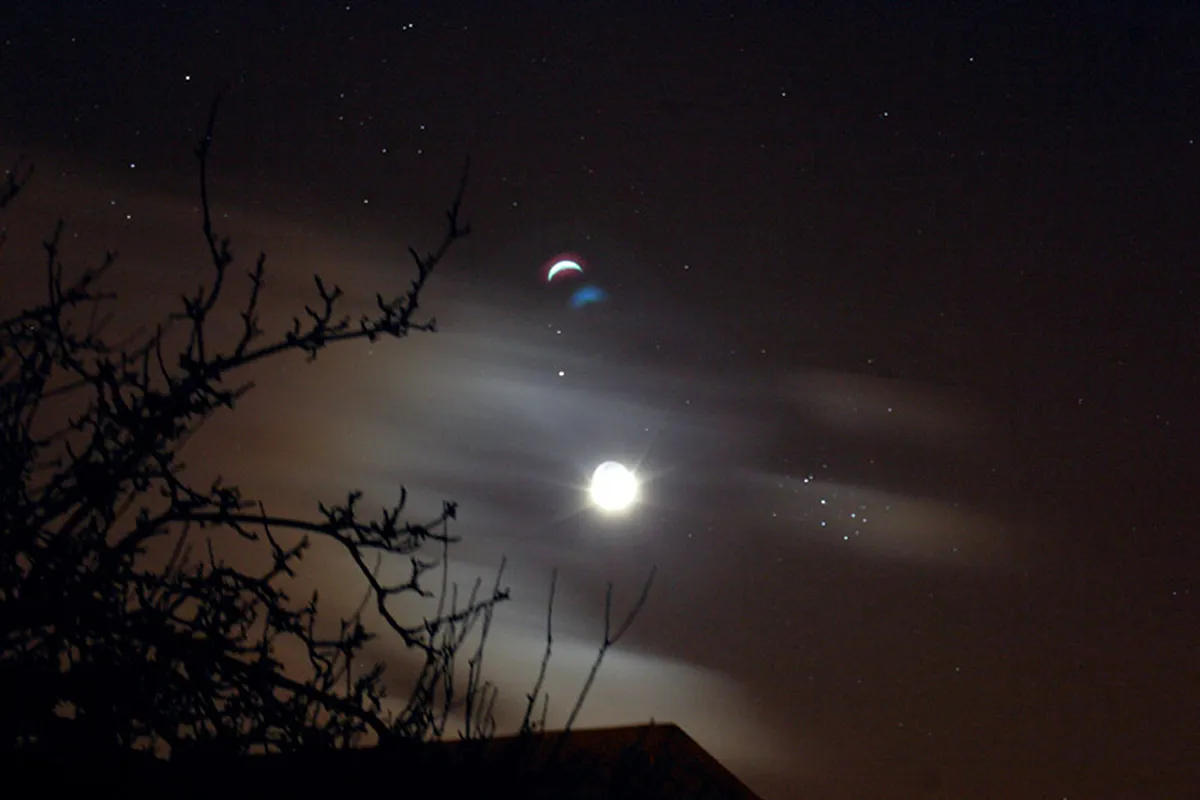Ever heard of astronomers talking about 'flocking' a telescope and wondered what on Earth they're on about?
It's all to do with pesky stray light, and astronomers' attempts to prevent that stray light from disturbing their observations of the night sky.
It is important to stop internal reflections within a telescope in order to avoid any loss of contrast, which is why telescopes have a matt black interior.
However, the paint that’s used is rarely completely non-reflective or pure black.

Lining the inside of the telescope tube with black flocking material is a very effective way to kill unwanted reflections, as stray light is absorbed by the rough and very black surface.
If you remove the eyepiece and dust cover and look through the focus tube, every surface that you can see (with the exception of the mirrors) should be covered with flocking material.
Ensuring this is done is one way, for example, of preventing a ghost Moon from appearing in your lunar photography, should you be imaging by attaching a DSLR to your telescope.
Email your astronomy queries to Steve at scopedoctor@skyatnightmagazine.com and they could get answered in a future issue of BBC Sky at Night Magazine.
